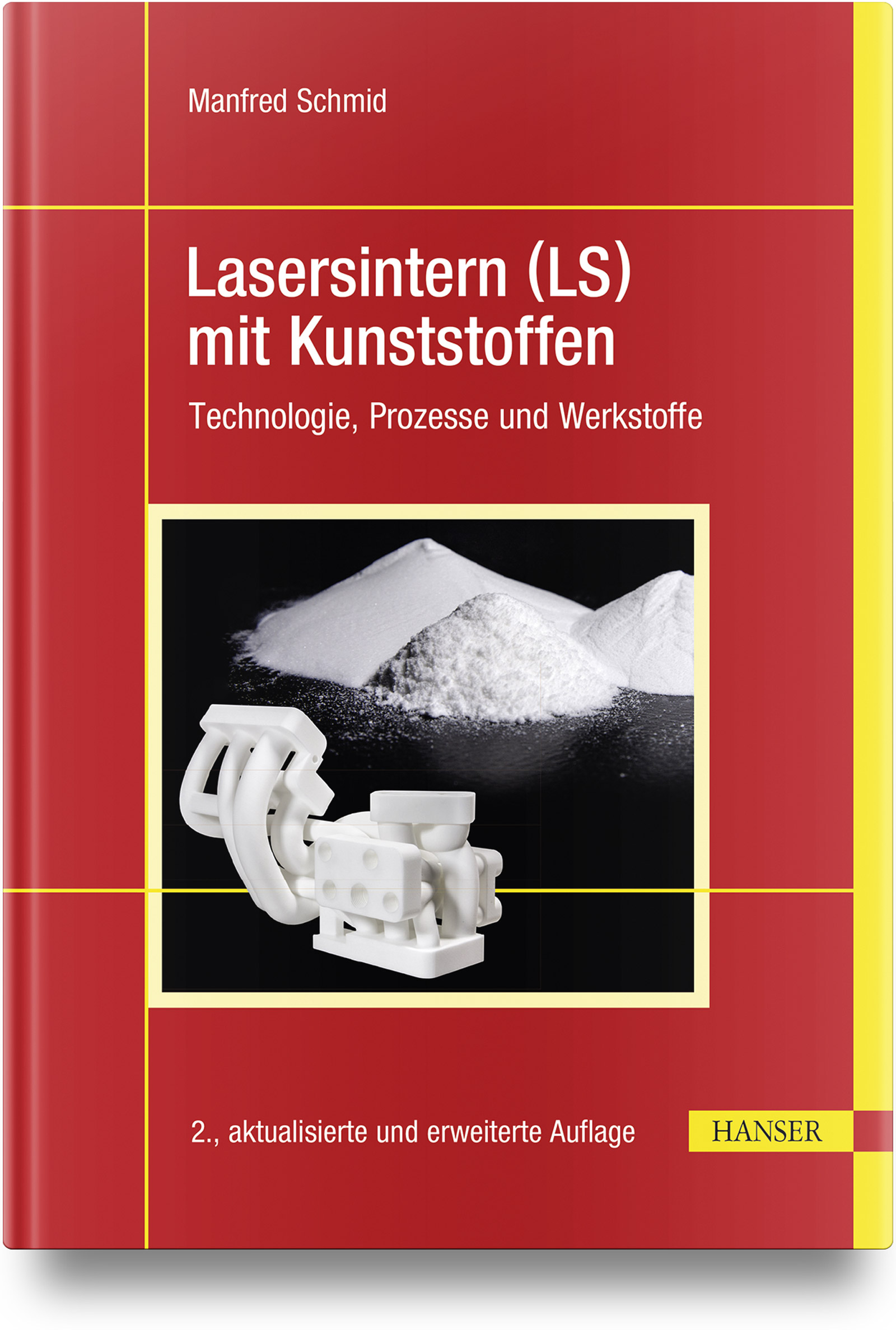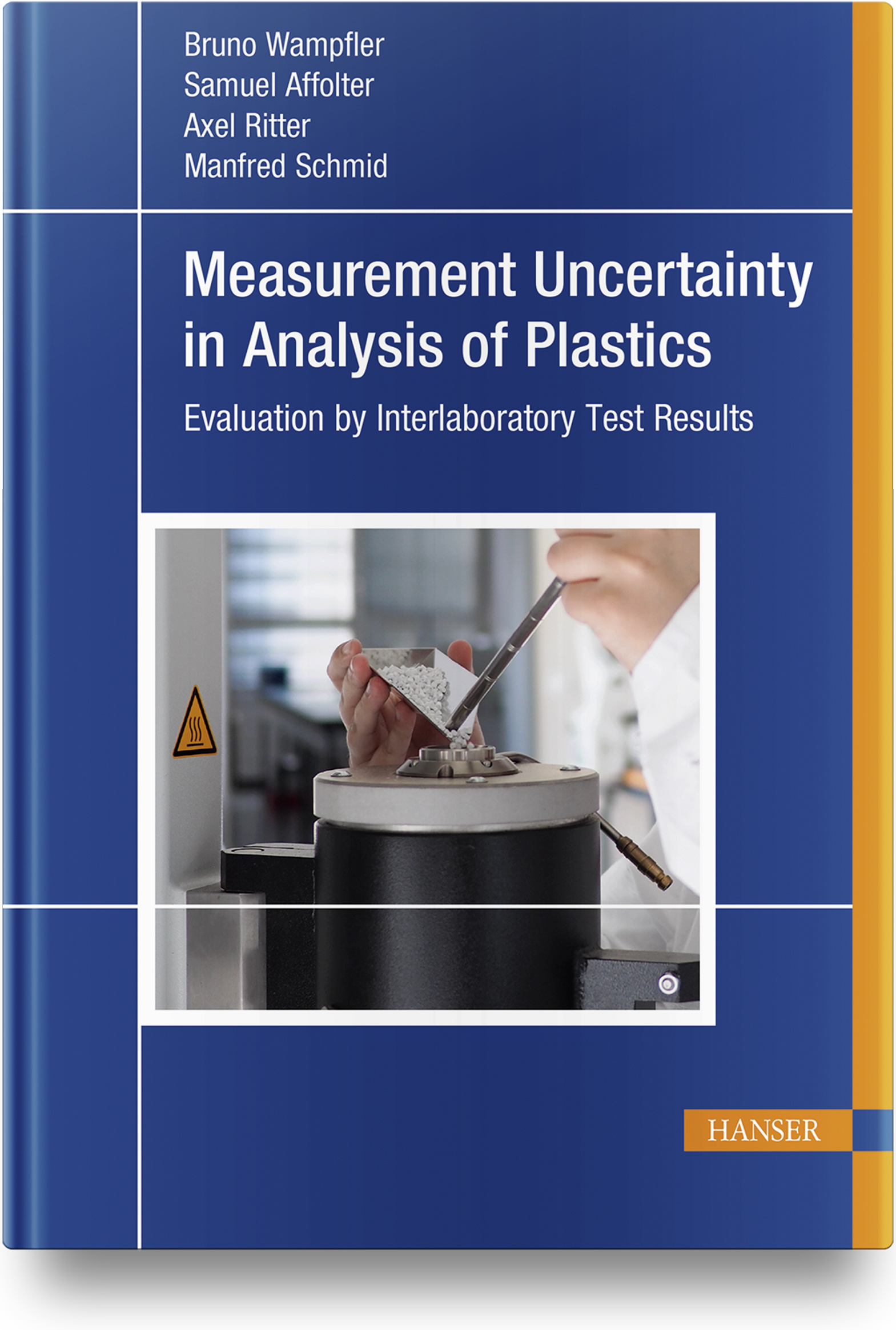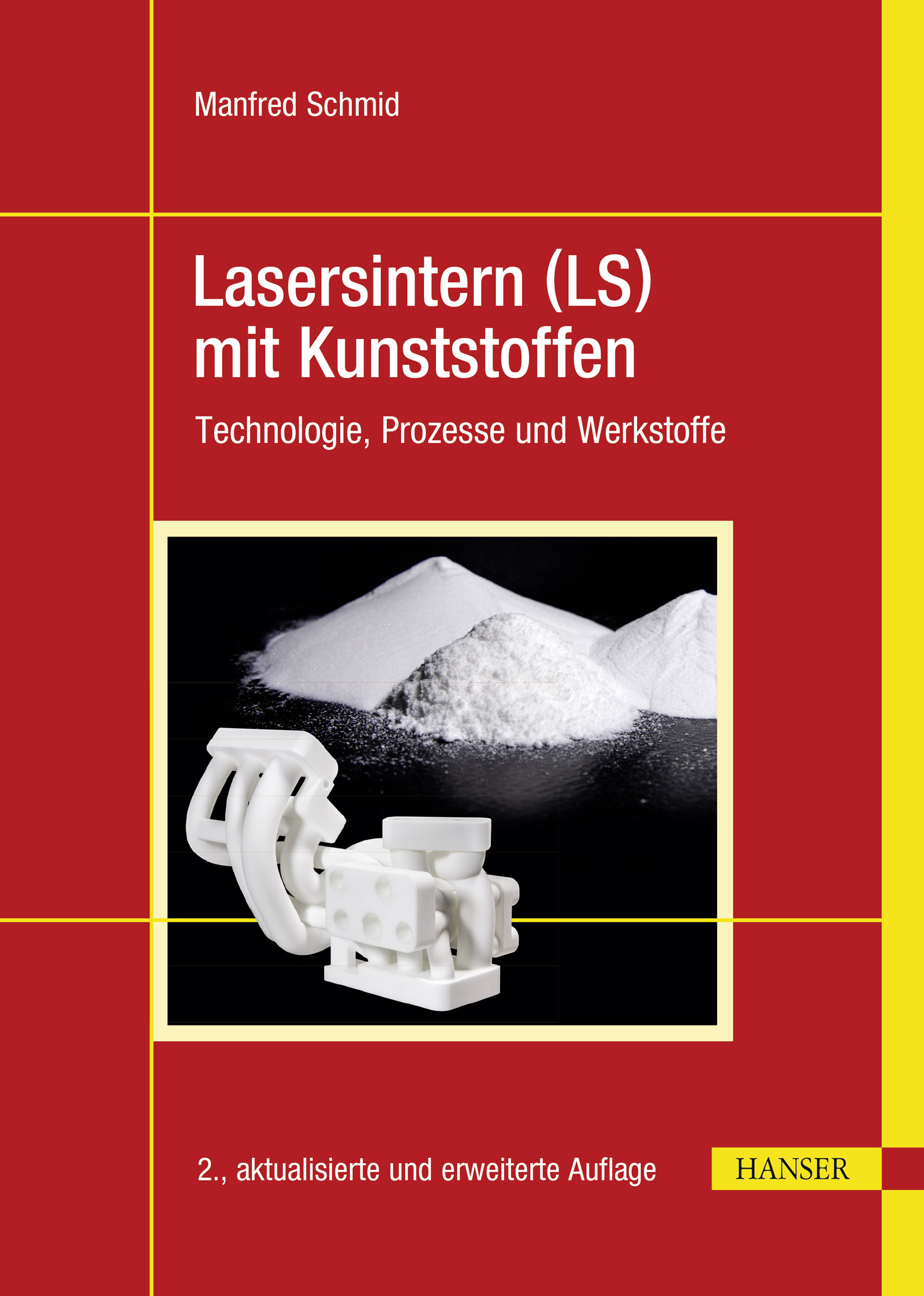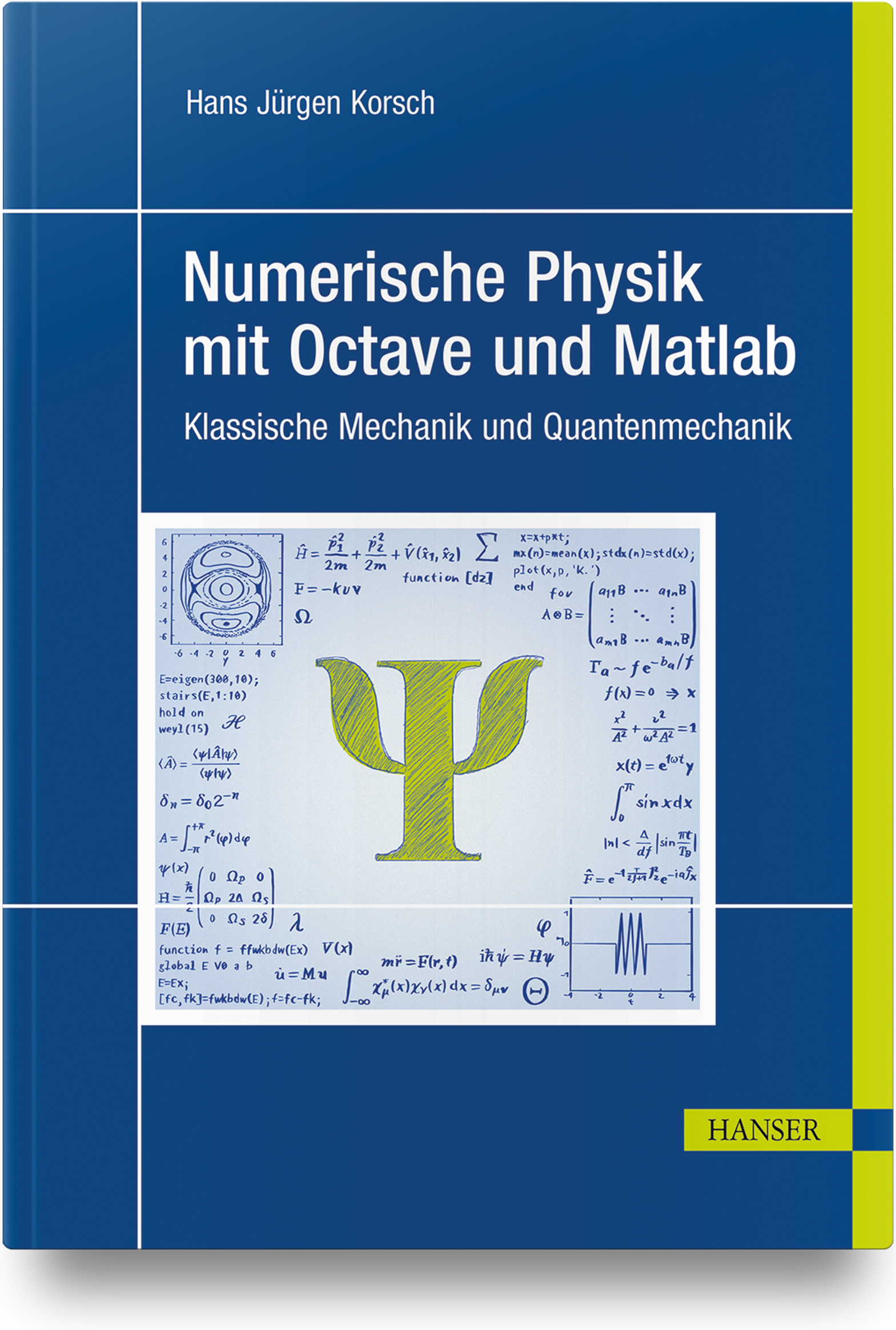- Sie sind hier:
- Fachbuch
- Kunststofftechnik
- Konstruieren mit Kunststoffen
- Produktentwicklung
Laser Sintering with Plastics
Technology, Processes, and Materials
- ISBN: 978-1-56990-685-9
- Buchangaben: 1. Edition, 05/2018
218 Pages,
In this context, this book covers all levels of the LS process chain, including:
- Current state of the machine technology
- Essential process steps, both before and during sintering
- Specific demands of the materials, powder production methods, and evaluation of powder properties
- Mechanical properties and density of the parts produced by LS
Examples of LS-produced parts are given, including those with special design features, to illustrate the characteristics and also the limitations of the LS method. In particular, the distinct advantages of LS parts over parts produced with other plastics processing methods (e.g., injection molding) are discussed.
In this context, this book covers all levels of the LS process chain, including:
- Current state of the machine technology
- Essential process steps, both before and during sintering
- Specific demands of the materials, powder production methods, and evaluation of powder properties
- Mechanical properties and density of the parts produced by LS
Examples of LS-produced parts are given, including those with special design features, to illustrate the characteristics and also the limitations of the LS method. In particular, the distinct advantages of LS parts over parts produced with other plastics processing methods (e.g., injection molding) are discussed.
Dr. Manfred Schmid studied chemistry in Bayreuth, Germany, and received his doctorate in polymer chemistry. Until 1997 he was employed as a chemist in polyamide research at EMS-Chemie. Subsequently, Mr. Schmid was project manager in the field of plastics analysis/biopolymers at EMPA. Since 2008 he has been head of research and development for SLS at Inspire AG, irpd, Switzerland.
Dr. Manfred Schmid studied chemistry in Bayreuth, Germany, and received his doctorate in polymer chemistry. Until 1997 he was employed as a chemist in polyamide research at EMS-Chemie. Subsequently, Mr. Schmid was project manager in the field of plastics analysis/biopolymers at EMPA. Since 2008 he has been head of research and development for SLS at Inspire AG, irpd, Switzerland.
Carl Hanser Verlag GmbH & Co KG
Kolbergerstr. 22
81679 München
E-Mail: info@hanser.de
Sicherheitshinweis entsprechend Art.9 Abs. 7 Satz 2 GPSR entbehrlich
Carl Hanser Verlag GmbH & Co KG
Kolbergerstr. 22
81679 München
E-Mail: info@hanser.de
Sicherheitshinweis entsprechend Art.9 Abs. 7 Satz 2 GPSR entbehrlich


















